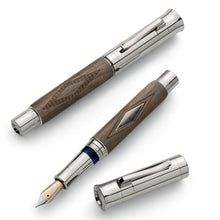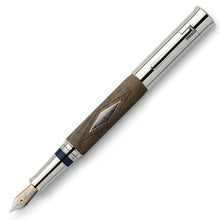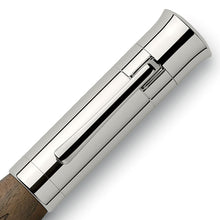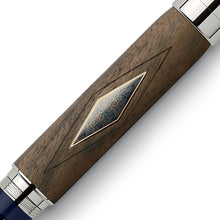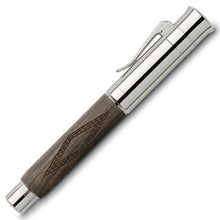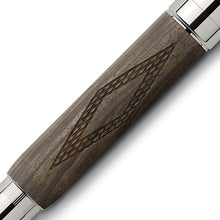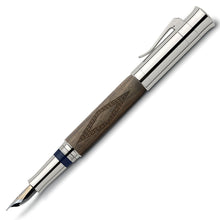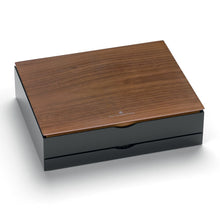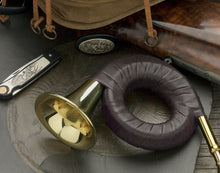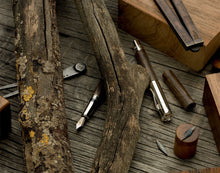
Tradition and Drive
The Dürrenhembach hunting lodge near Nuremberg was acquired by Lothar von Faber in 1867 for his son Wilhelm, a passionate huntsman. Lothar’s great-grandson Count Roland von Faber-Castell also shared that passion: the father of the present Count possessed considerable environmental awareness; he loved the woods and the forests, and conservation of wildlife was dear to his heart – an attitude that still runs in the family. The aesthetic appeal of some very valuable hand-crafted hunting rifles, owned by Count Roland, inspired the Pen of the Year 2010.
A Secret Art with highly Aesthetic results
On seeing the new pen one immediately notices the case-hardened metal parts and the fine engravings. Until the late 19th century, case hardening was the sign of a high-quality gun, with the inimitable shimmering coloration it provides. For centuries, the technique was handed down by word of mouth and was something of a secret art. The metal parts are usually packed in carbonized leather and heated to convert the surface into steel; the colors appear on cooling. Some 20 parameters contribute to the beautiful visual effect, including the thickness of the metal, the temperature, and the rate of cooling.
In addition, the material of the barrel of the pen fully matches up to the claim of exclusivity: it is the valuable wood of the Caucasian walnut. Seasoned for many years, walnut wood is tough and inelastic: it does not warp or splinter. It also stands up better to compression and flexing forces than oak. In short, it is the ideal wood for the stock of a gun – and for very special writing implements. This variety of walnut possesses a beautiful figuring, with fine but marked patterns.
There is another reason why the Caucasian walnut produces some of the most valuable of woods. It is not enough to fell the trees: the stumps have to be dug out, because the best figured wood is in the roots that go deep into the ground. No other tree warrants this time-consuming excavation.
The valuable wood of the barrel and the splendid metal parts make the Pen of the Year 2010 an exclusive and individual fountain pen. The 18k bi-color gold nib is ‘run in’ by hand. The platinum-plated end cap protects the knob for the plunger mechanism, on which each pen is individually numbered. The case has a lid made of walnut veneer. A certificate testifies that the pen with its engraving is one of a limited edition.
















